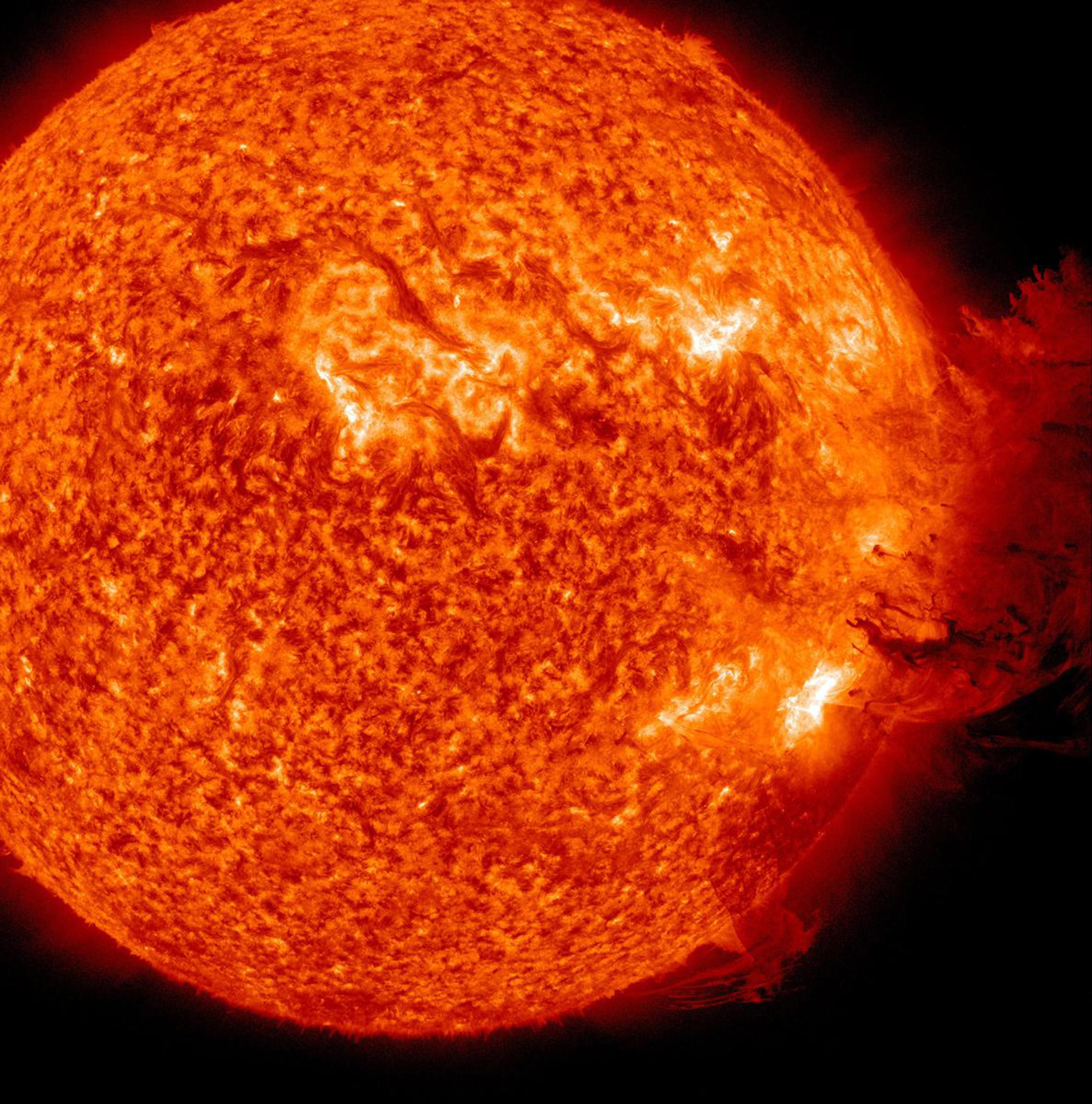Our Sun is currently in a phase of solar minimum which means there has been a great reduction in the activity on its surface. Sunspots (Sunspots are darker, cooler areas averaging temperatures of 3800 degrees Kelvin, on the surface of the sun in a region called the photosphere which has an average temperature of 5800 degrees Kelvin) have all but disappeared and the sun has been “blank” 76% of the time since the beginning of this year. The other time this rate has been surpassed was last year when it was blank 77% of the time. But that was for the entire year. It has barely been 5 months into 2020 and last year’s rate has already been reached.

The last solar minimum occurred between 1790 and 1830 and was named the Dalton Minimum. It caused a drop in global temperatures by 2 degrees Celsius over a period of 20 years. This lead to severe cold, famines, crop loss and volcanic eruptions.
This period of solar minimum was preceded by a period of solar maximum in 2012 where the sun witnessed increased activity on its surface in the form of bright solar flares, abundant sunspots and a big corona (the outermost part of the sun’s atmosphere).
The activity of stars is dependent on factors like
- the proportion of elements present which are heavier than hydrogen and helium
- the surface temperature
- the age of the star, and
- its rotation rate
The speed at which the star rotates about its axis is a crucial factor because the rotation creates a dynamo effect in the core of the star which affects, or is responsible for creating its magnetic field. This magnetic field is the main parameter which affects most of the activity on a star’s surface. The solar cycle, of which the solar maximum and minimum are a part is also thought to be affected by this. This is a 11 year cycle.
However, this is not the only cycle that the sun undergoes. Some information is available about the 70-100 year Gleissberg cycle and research is on to gather information about cycles longer than that. “There are speculations about longer cycles with periods up to several thousands of years.”, said Dr. Timo Reinhold of the Max Planck Institute for Solar System Research (MPS).
Because of the discoveries of radioactive isotopes of Carbon and Beryllium, scientists can draw conclusions about the sun’s activity over the past 9000 years. When compared to the sun’s lifespan of 4.6 billion years, this is not much. Research by Dr. Timo suggests that the sun is magnetically less active and shows lesser variability in its brightness as compared to other similar stars in the galaxy whose brightness was measured during the same period. This hints towards the fact that the sun has probably been in a quiet phase with very little variation in its activity for the past 9000 years.


